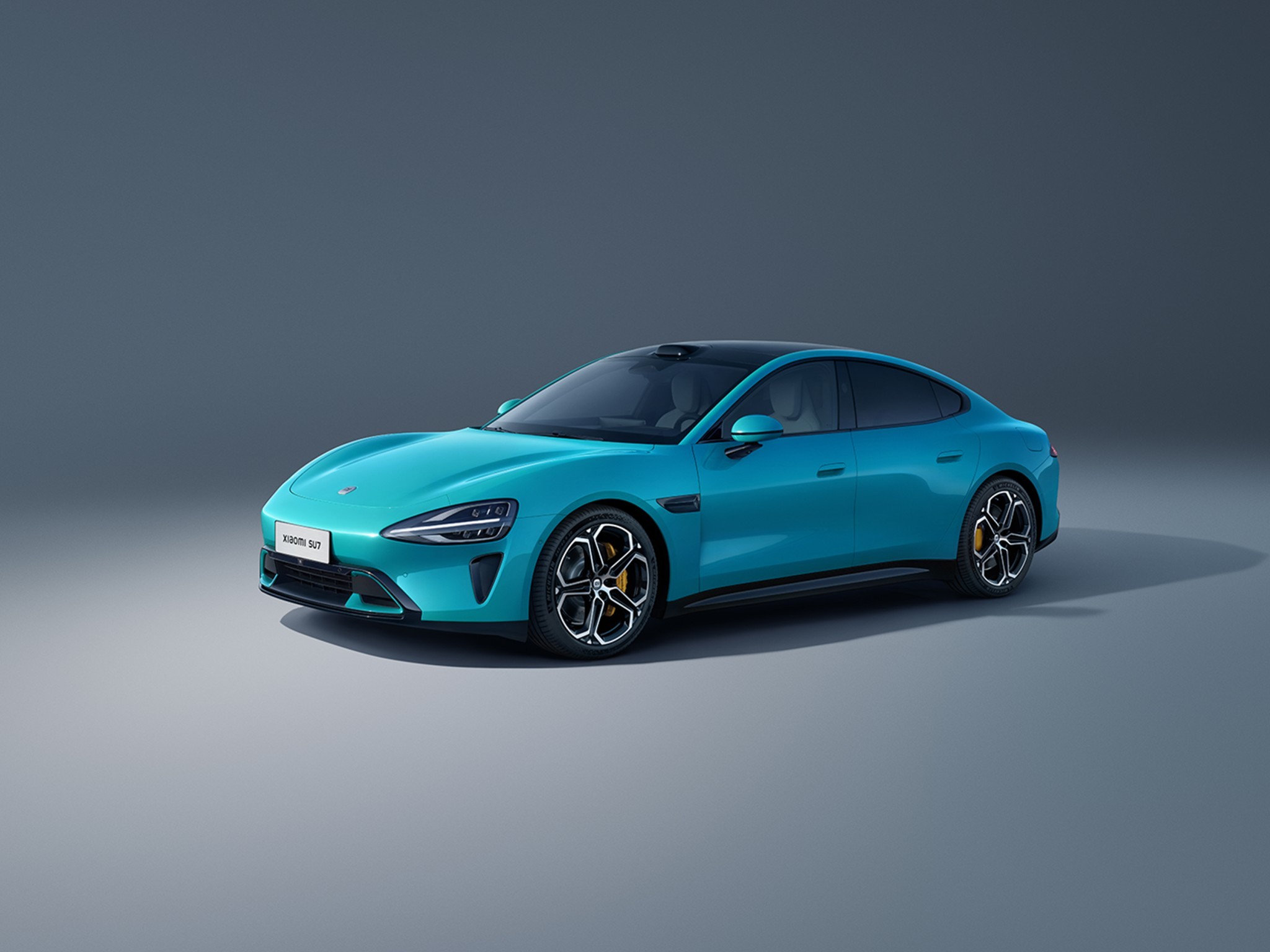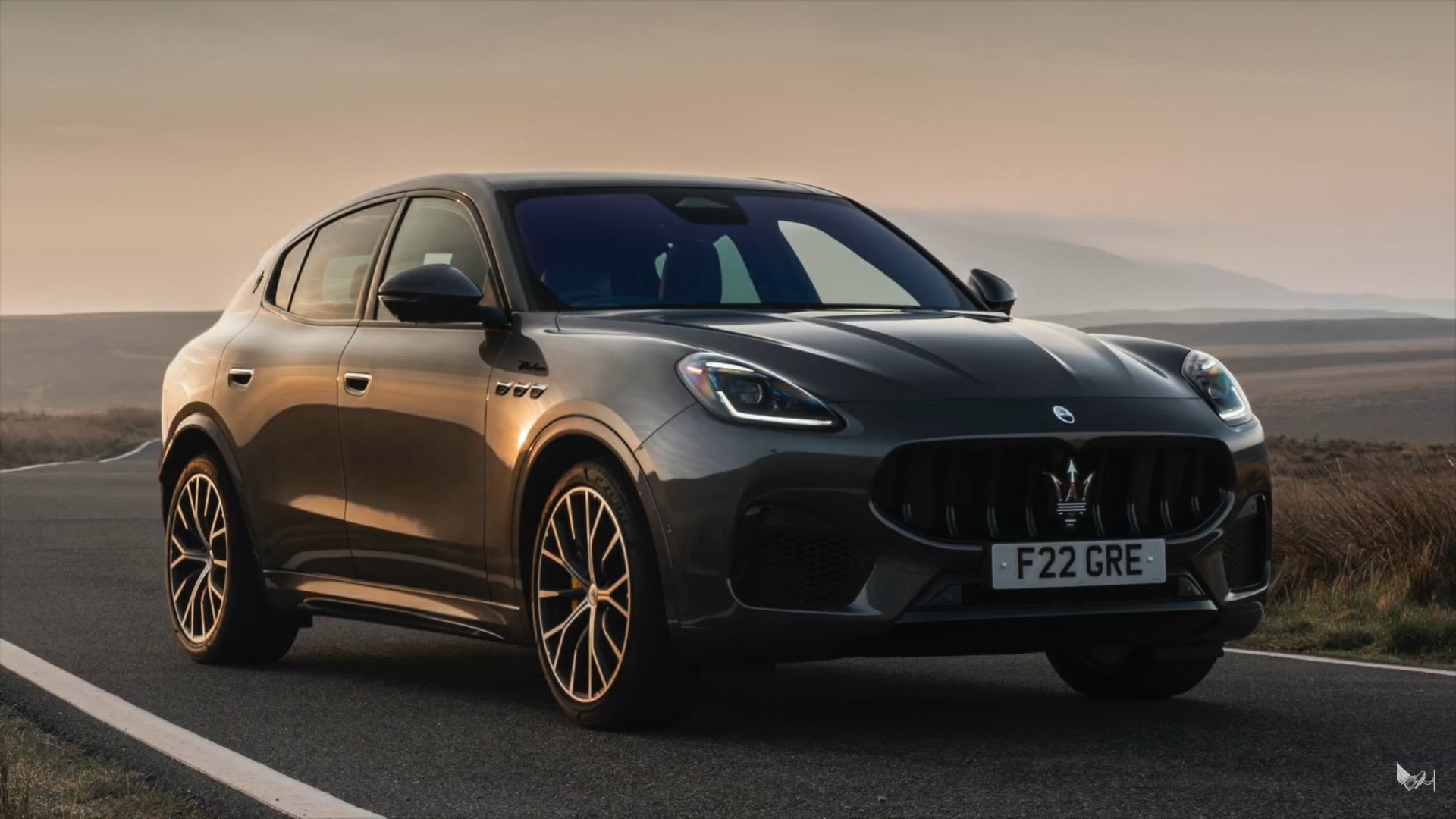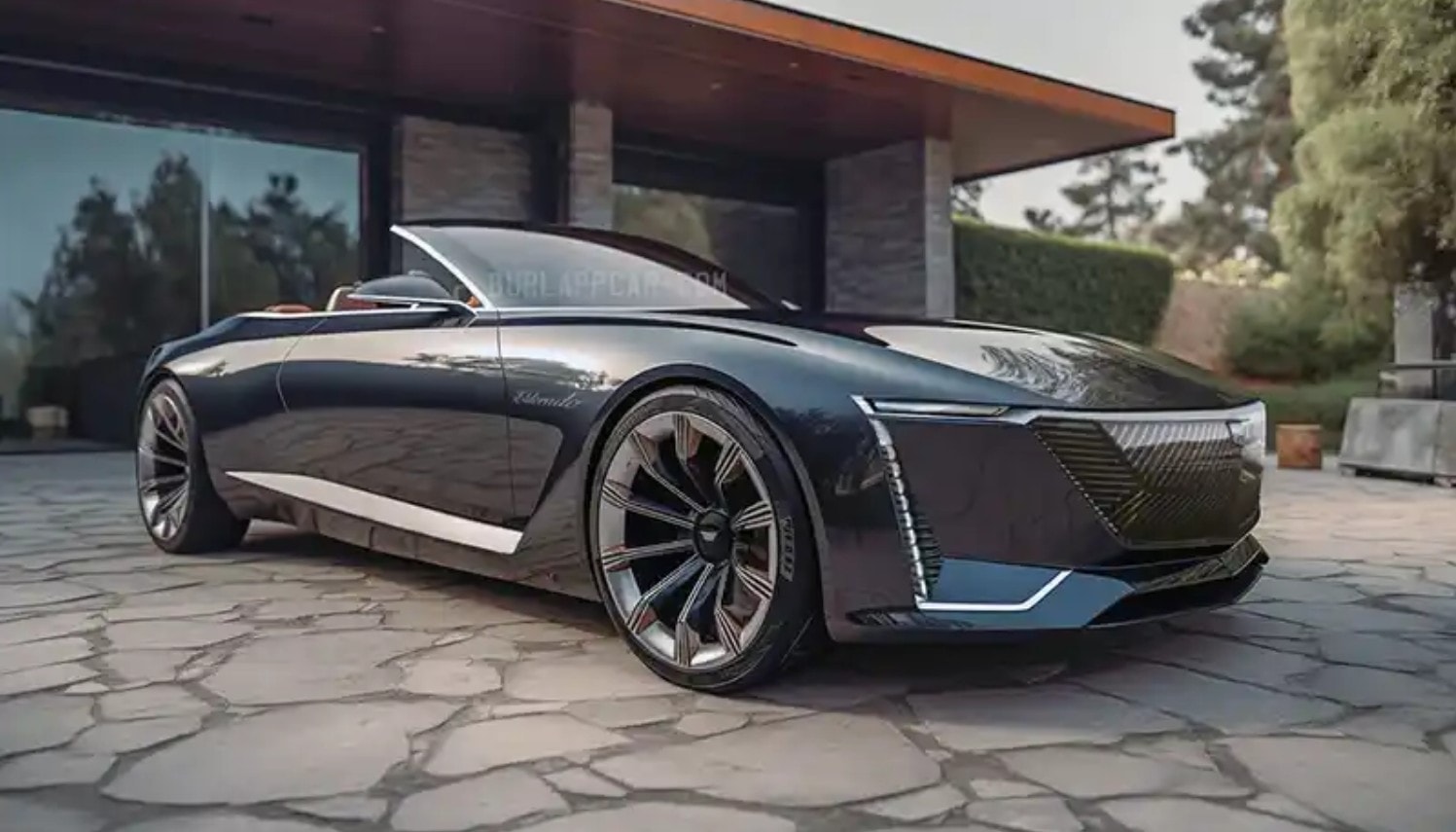A new study predicts a surprising trend for electric vehicles (EVs) in the US by 2030: most will be parked in suburbs, not cities! The study suggests a whopping 60% of all EVs in the US will be found in suburban areas by 2030. That’s nearly two-thirds.
This means suburbs will have significantly more EVs compared to both urban centers (expected to be around 20%) and rural areas (also estimated at 20%).

This trend could be due to several factors. Suburban residents who commute to cities might be a major driver of EV ownership in these areas. Additionally, suburban homes often have driveways with space for charging, unlike some city dwellers who rely on street parking.
This trend could be due to several factors. Suburban residents who commute to cities might be a major driver of EV ownership in these areas. Suburban homes often have driveways with space for charging, unlike some city dwellers who rely on street parking.
Suburban residents who travel long distances for work (commuting) are likely a major reason for the high EV adoption rate in these areas. Suburban homes typically come with driveways, making it easier for residents to install home charging stations, a big advantage for EVs. This might be less common in urban areas where people rely on street parking.

Interestingly, the study suggests that even though cities might have fewer EVs overall, they’ll rely more heavily on public fast chargers (DC over 150 kW) compared to suburbs (20%) and rural areas (10%). This makes sense since city dwellers might have fewer options for home charging. No matter the location, slower AC Level 2 charging (sometimes with Level 1 added) is expected to be the most common way for people to charge their EVs.

